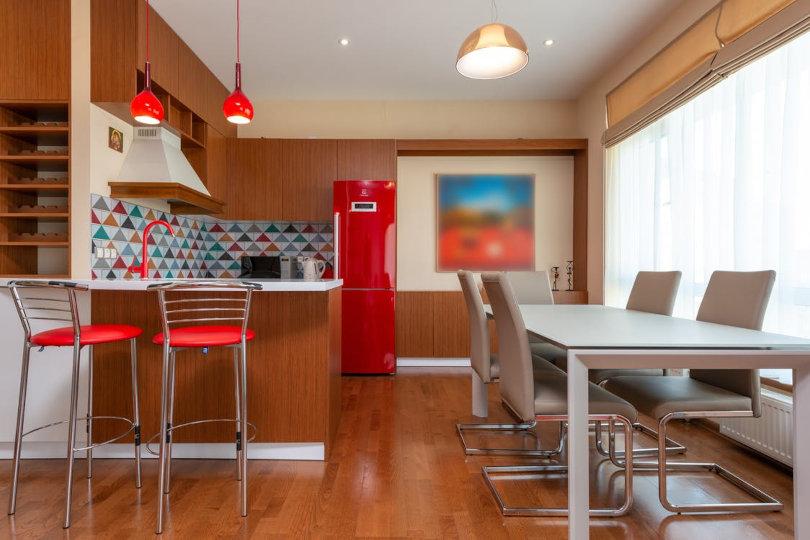Investing in your home may frequently tempt new renters while also demonstrating to current tenants that you want to continue to give the finest experience for the term of their current tenancy and beyond.
Great community amenities can make or break a building, laying the groundwork for your tenants to establish destination workplaces for their employees. While not every renter has space for showers or bike storage, the availability of these amenities in communal spaces may influence their choice of building.

Common Locations
The communal areas in your building will be defined by the sort of tenants you want to attract. Smaller firms will be drawn to open plan and community features that they would not necessarily want to develop or afford for in their own office set out. These might include community or co-working spaces to amuse clients, such as an open-plan café where clients can gather informally away from traditional office areas.
Larger corporate tenants would utilise these venues (who doesn’t love a decent café? ), while also emphasizing an attractive reception and concierge service.
Facilities That are Shared
Enticing common rooms may also make your building more appealing to both new and returning tenants…including the toilets, which should not be forgotten! If your renters’ workers have been grumbling for years about the drafty, blocked toilet on the third floor, they’ll want it fixed as quickly as possible.
Tenants do not want the impression of their own new fit out to be diminished by ugly or inadequate communal facilities that are humiliating to both workers and clients.
Accreditations and Facilities for Well-being
Investing in the foundational infrastructure required to earn a BREEAM or SKA rating can assist attract new tenants who want to pursue a wellness or environmental accreditation in their fit out. Installing an energy-efficient mechanical and electrical system that supports their certification may make their decision to relocate a little simpler.
Installing an ecologically friendly M&E configuration may also qualify you for tax breaks and discounts, as well as lower lifetime operating costs for your renters.
Quality shared services can also assist your renters in implementing employee wellness programs. Shower facilities, for example, might be required if your renters wanted to promote cycling to work or start a lunchtime jogging club. Providing these shared building facilities might help your tenants recruit and retain (and stay healthy) the top personnel in their field.

Reduces The Time Between Tenancies
If your new tenants can rely on the Cat A infrastructure you’ve given, their Cat B fit out will be faster to create and they’ll be able to occupy their space sooner, lowering your tenants’ build costs. This may aid you in lease negotiations since you may have to make less concessions, such as prolonged rent free periods, to bring a new tenant in.
Improves Rental Yield
Property development finance is essential to improve your property portfolio. By investing in your property, you are actively communicating to your tenants and the market that your building still deserves the premium return that you are requesting. Good Cat A foundations, shared services, dependable M&E, and a welcoming greeting will also help you keep renters and make less compromises at your next rent review.
As you can see there are a number of ways in which landlords and renters can share and develop space and make it a better situation for all of those involved.







